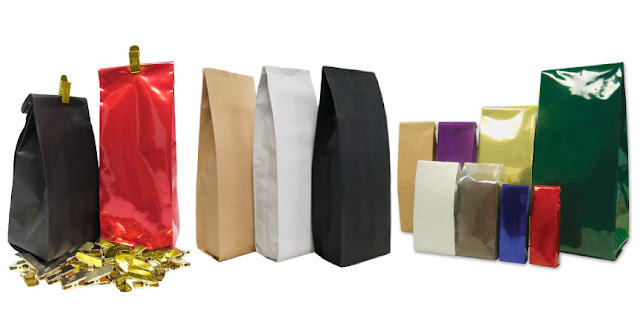Addressing Challenges in Sinking Fish Feed Market Supply Chain
The sinking fish feed market supply chain faces several challenges that require strategic solutions to ensure a smooth and efficient flow of products from manufacturers to end-users. Addressing these challenges is essential for meeting the increasing demand for high-quality feed while maintaining sustainability and reliability.
One of the primary challenges in the supply chain is the sourcing of raw
materials, especially alternative ingredients. As the industry moves away from
traditional fishmeal and fish oil, securing a stable supply of sustainable
ingredients like plant-based proteins, algae, and insect-based proteins becomes
critical. Building strong supplier partnerships and exploring local sourcing
options can help mitigate supply chain disruptions and ensure a consistent flow
of raw materials.
Quality control is another significant concern in the sinking fish feed
market supply chain. Ensuring consistent feed quality is vital to support fish
growth and overall health. Implementing rigorous quality assurance protocols
and conducting regular testing can help maintain feed integrity and meet
industry standards.
Logistics and transportation present additional challenges. As the sinking
fish feed market
expands to serve global demand, optimizing transportation routes and ensuring
timely deliveries become essential. Investing in efficient logistics
infrastructure and adopting temperature-controlled shipping methods can help
preserve feed freshness and shelf life during transit.
Regulatory compliance is a critical aspect of the supply chain, as
adherence to regional and international standards is essential to gain market
access and build trust with consumers. Staying up-to-date with evolving
regulations and maintaining transparent documentation can help feed
manufacturers navigate the complexities of compliance seamlessly.
Furthermore, addressing sustainability concerns throughout the supply
chain is imperative. From ingredient sourcing to packaging and waste
management, adopting eco-friendly practices and supporting circular economy
initiatives can enhance the overall sustainability of the sinking fish feed
market.
In conclusion, addressing challenges in the sinking fish feed market supply
chain requires collaboration and innovative approaches. By focusing on raw
material sourcing, quality control, logistics, regulatory compliance, and
sustainability, stakeholders can build a resilient supply chain that meets the
industry's growing demand while minimizing environmental impact.




Comments
Post a Comment